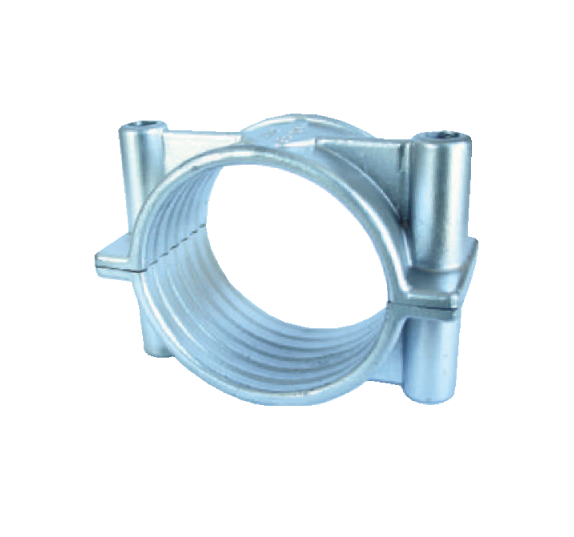What Are Cable Cleats
Cable cleats are cables that support and secure electrical cables while installed. Governed by international standards like IEC 61914: 2015, these critical components safeguard the safety and reliability of electrical systems.
What Are Cable Cleats Used For
Straight out of the box, the purpose of Cable Cleats is not just cable management. True ingenuity has been built into these devices to prevent that cable from moving too much, minimizing the chance for damage from regular running and emergencies, supplying vital cable support in different environments, and conserving extra stress and rubbing on the cables.
Cable Cleats Uses in Electrical Systems
Cable cleats in electrical systems serve multiple critical functions in electrical installations. Cable Sealing and Routing devices accomplish the cable securing and routing by fixing cables where necessary, keeping them correctly placed, and preventing uprise. Cable cleats support and stabilize either one cable or multiple conductors.
In normal operating conditions, cables are distant from fault currents. Still, they are close to them under short circuit conditions, and cable cleats are a means to manage the mechanical forces developed from the fault currents. They assist in keeping the cable from slipping and causing damage that would compromise the electrical system’s integrity. In addition, cable cleats can withstand various climatic conditions, and specific types made of stainless steel and Aluminum guarantee long-term performance and reliability in different climatic conditions.
Types of Cable Cleats
Different electrical installations require specific cleat configurations:
- Plastic One-Part Cleats: Plastic cable cleats are low and medium-voltage cables with strong, simple securing mechanisms.
- Two-Part Cleats: Provide greater cable diameter acceptance and increased fixing choice.
- Metallic Cleats: Supply additional temperature and load ratings for more demanding applications.
- Trefoil Cleats: Designed for three cable configurations in specific electrical setups.
- Specialized Cleats: Including stainless steel and cast iron options for the harshest environmental conditions.
Choosing the Right Cable Cleat
Choosing the appropriate cable cleat involves careful consideration of several key factors:
- System Peak Fault Current: Find the maximum potential electrical fault current available.
- Cable Type and Arrangement: Decide the cables installed under specific configurations and characteristics.
- Cable Diameter: The choice of the proper cleat size and fit depends on precise measurement.
- Support Structure Material: Determine whether the mounting surface suits different cleat types.
- Environmental Conditions: Factors to be considered are temperature, corrosion risk, and possible external stresses.
- Project-Specific Requirements: The installation requirements and any unique performance specifications must be accounted for.
Safety Considerations
Proper cable cleat selection must be underemphasized and considered. Poor cable selection presents several high-risk conditions, such as unexpected cable movement, increased mechanical stress, failure of an electrical system, and elevated likelihood of injury or equipment damage. Understanding the significance of cable cleats to electrical installations allows professionals to eliminate the risks and maintain the integrity of electrical installations.
Conclusion
Cable cleats are anything but simple mounting devices—critical ingredients to electrical installations’ safety, reliability, and performance. By understanding the purpose of electrical systems, engineers and technicians can significantly increase electrical system integrity by selecting the proper type for specific applications.



